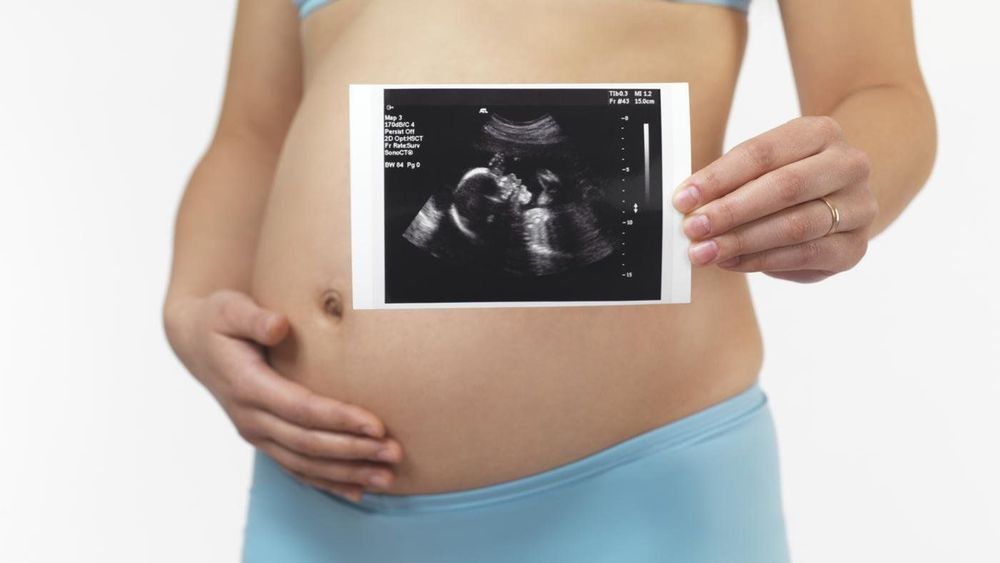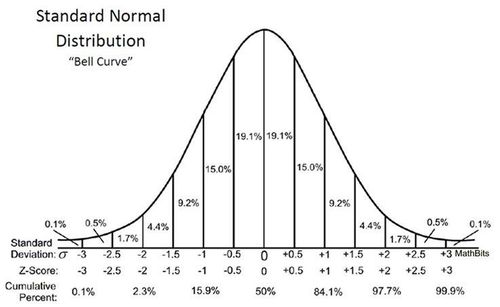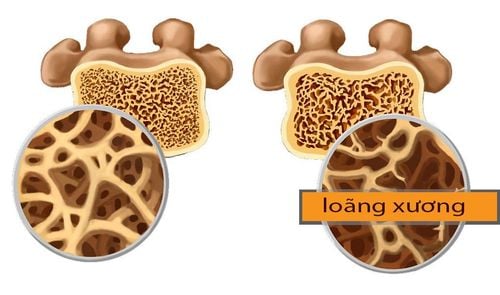This is an automatically translated article.
Currently, the nutritional anthropometric index according to z cores is widely used to classify malnutrition as well as assess and monitor the nutritional status of an individual or a community. So what are the classifications of malnutrition?
1. How to classify malnutrition
To know if a child is malnourished, the easiest way to apply is based on the weight-for-age chart. If a child's glucose level does not increase within a three-month period, also known as weight gain, the child is at risk of malnutrition. If the child's weight line is below the standard line of the weight chart, it means the child is malnourished.
To accurately assess the types of malnutrition and classify children's malnutrition, the nutritional anthropometric index based on z cores is used because of its objectivity and high sensitivity. In addition, this tool is also used to monitor and track the nutritional status of not only an individual but also a population or community.
2. Classification of malnutrition
Classification of malnutrition is based on an anthropometric index that assesses a child's malnourished status according to indicators, including weight, height, BMI for age and weight for height.
Classification of malnutrition in children includes the following categories:
Malnutrition: Children have a weight index below -2SD for age, that is, they are nutritionally deficient. However, the length of time the child was undernourished was not assessed. Therefore, this is the basic index and is first used to detect early childhood malnutrition, then, based on other indicators such as height, BMI, weight-for-height to assess evaluate, conclude the nutritional status of children. Acute malnutrition: According to age, children have a normal height index, however, their weight-for-height index is below -2SD. This means that the new child is malnourished because the diet does not meet the child's needs. Recovered chronic malnutrition: According to the z-cores classification of malnutrition, if a child has a height index below -2SD for age but a normal weight-for-height index, it means that the child has been severely malnourished. severe malnutrition for a long time. This condition affected the child's growth in terms of stature, but now the child has recovered. Nutritionists recommend that children with such nutritional status need to be monitored to avoid the risk of obesity because of their short height. Chronic progressive malnutrition: According to the classification of malnutrition based on z cores, if a child has a height index of less than -2SD for age and a weight-for-height index of less than -2SD, it means that the child is already impaired nutrition for a long time, but this condition is still progressing to the present time. Fetal malnutrition: If, after birth, the baby has a weight index of less than 2.5 kg, a length of less than 48cm and a head circumference less than 5cm, it means that the child has fetal malnutrition.

Suy dinh dưỡng bào thai là một trong các loại suy dinh dưỡng ở trẻ
3. Assess nutritional status of children according to z cores
Below is an assessment of malnutrition status of children under 19 years old based on specific z core anthropometric index:
3.1 Weight-for-age index based on z cores Weight <-3SD: Children under 9 undernutrition age, underweight classification, severe malnutrition. Weight <-2SD: Children under 9 years old are malnourished, classified as underweight, moderate malnutrition. -2SD

Phân loại suy dinh dưỡng dựa vào z cores
Parents can rely on the above criteria to assess the health status of their children in order to have appropriate care for each age of the child.
For children to be healthy and develop well, it is necessary to have a nutritious diet in terms of quantity and quality balance. If children are not provided with adequate and balanced nutrients, it will lead to diseases of excess or lack of nutrients, which adversely affect the comprehensive development of children in terms of physical, mental and motor skills.
Children who do not eat properly are at risk of micro-mineral deficiency causing anorexia, growth retardation, malabsorption,... If they notice the above signs, parents should supplement their children with products. The supplement contains lysine, essential micro-minerals and vitamins such as zinc, chromium, selenium, and B vitamins to help fully meet the nutritional needs of children. At the same time, these essential vitamins also support digestion, enhance nutrient absorption, help improve anorexia, and help children eat well.
Parents can learn more:
Signs of zinc deficiency in children
Micronutrient deficiency and failure to gain weight in children
Please regularly visit Vinmec.com website and update useful information to take care of your child. Take care of the baby and the whole family.













